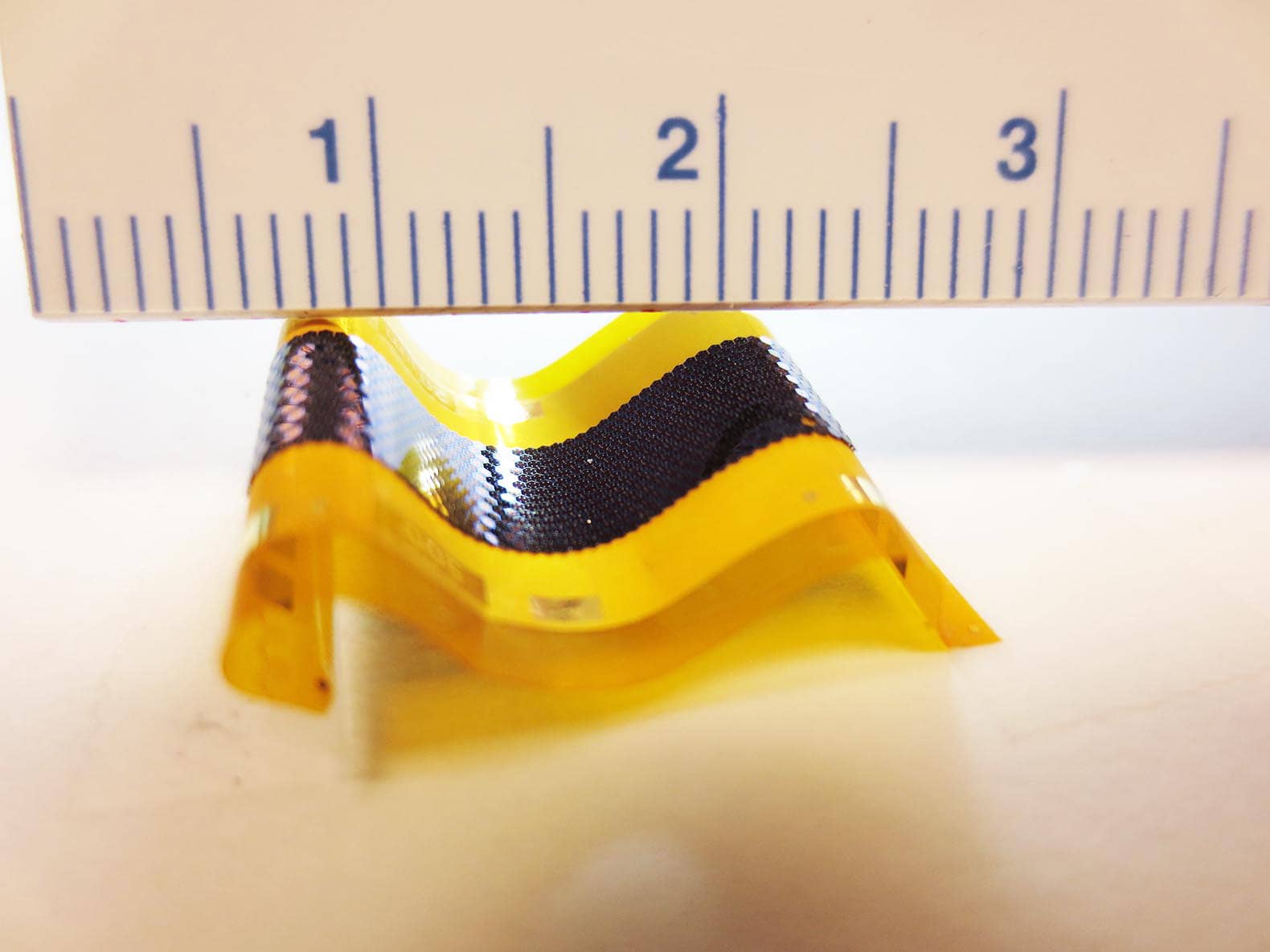Solar-generation devices are getting smaller and cheaper as the world wakes up to the importance of renewable resources. However, this device may be the most convenient one till date. Sandia National Laboratories has created tiny, flexible solar cells called solar glitter. The cells can be easily integrated on small gadgets like drones, satellites, or smartphones. They provide renewable electric energy and can fit every device without needing any elaborate and expensive system installation.
Former Sandia scientist, ‘Murat Okandan,’ has launched the solar glitter through his personal company, mPower Technology, Inc.with a licensing agreement with Sandia for Microsystems enabled photovoltaics (MEPV). Okandan thinks that his technology represents a key milestone in the solar industry. He mentioned,
“It is an extremely exciting time in the solar industry with the upcoming critical, rapid change in the worldwide energy infrastructure.”
MEPV uses micro-design and microfabrication techniques to form tiny solar cells that are mixed into a solution, like printing ink. The ink can then be printed onto inexpensive materials. mPower is now looking to commercialize MEPV as Dragon SCALEs, which according to Sandia will
“fit into and power devices or sensors of any shape or size.”

Dragon SCALEs is a material that folds like paper, making it easy to be transported and used as portable energy generators. The material is also cheaper and simpler to install than a typical solar power system. According to Okandan, these Dragon SCALEs are also more reliable because of their high voltage and low current configurations. They have lower costs than the silicon photovoltaic (PV) cells. In a statement, he said,
“The key limitation to silicon is that if you bend and flex it, it will crack and shatter. Our technology makes it virtually unbreakable while keeping all the benefits of high efficiency, high reliability silicon PV. It allows us to integrate PV in ways that weren’t possible before, such as in flexible materials, and deploy it faster in lighter-weight, larger-area modules.”
Solar cell prices have been dropping significantly for the past several years, and such inventions are sure to bring them down even further thus, making the energy generation more efficient and cost-effective.
What are your thoughts about this invention? Comment below!



I think it is awesome, with smaller ‘cells’ in parallel, would help with shading effect. But he may want a different company name as there are several ‘mpower’ companies out there already. Looking forward to seeing this in person.